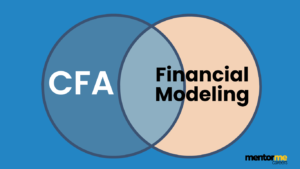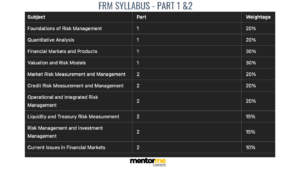Last updated on January 20th, 2023 at 06:00 pm
Data smoothing is a statistical technique used to remove noise or random variations from a dataset in order to reveal underlying trends or patterns
What is Data Smoothing?
Data Smoothing is a statistical approach to eliminating noise from datasets to make patterns more noticeable. It is done by using algorithms to eliminate the statistical noise from the datasets. During the compilation of the data, the data may be altered to reduce or eliminate wide variances. It mainly focuses on creating a basic direction for the main data points by avoiding all the volatile pieces of data which help in drawing a smoother curve across all the data points. Data smoothing can help forecast patterns, such as those seen in share prices. This allows them to clearly stand out. Data smoothing can also help predict trends in the price movement of a security. It serves as a good tool is economic analysis as well.
Understanding Data Smoothing
When data is compiled, it can be manipulated to remove or reduce noise in it. Data smoothing helps in predicting different trends and patterns It acts as an aid for statisticians or traders who need to look at a lot of data that can often be complicated to process. To explain with a visual example, imagine a one-year chart of company X’s stock. Each high point on the chart for the stock can be reduced while raising all the lower points. This would make a smoother curve, thus helping an investor make predictions about how the stock may perform in the future.
Data Smoothing Methods
There are a few different methods for data smoothing. Some of them are listed below:
- Simple Exponential
The simple exponential method is a popular data smoothing method as it is very easy to calculate. It is also flexible and has good performance. It uses an average calculation to assign the exponentially declining weights beginning with the most recent observation. This method is easy to learn and can be applied with ease. The predictions are accurate since the difference between the real projections and what happens is accounted for in the simple exponential approach.
- Moving Average
The moving average is best when there is slight or no seasonal variation. Moving average smoothens the data used for separating random variations. Economists use this simple data smoothing approach for the analyses of underlying patterns in volatile datasets. Moving average consolidates month-long data points in time units longer than a month, such as the average of data of several months.
- Random Walk
The random walk smoothing method is used for describing the patterns in financial instruments. Some investors think that the past movement of a security cannot be used to predict the future price movement of that asset. They use the random walk method, which assumes a random variable that gives the potential data points when added to the last accessible data point.
- Exponential Moving Average
In the exponential moving average method, weights are applied to historical observations after using the exponential smoothing method. Its main focus is recent data observations. Hence this method is faster than the simple moving average method. Furthermore, the predictions only need the previous volatility prediction and the previous cycle price shift.
Pros and Cons of Data Smoothing
Pros:
- Identifies real trends by eliminating unnecessary noise
- Allows for seasonal adjustments of economic data
- Easily achievable through moving averages
Cons:
- Removing data decreases the information dataset which increases the error in analysis.
- Smoothing may emphasize analysts’ biases and ignore outliners that may be meaningful




